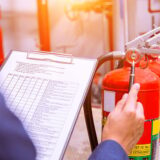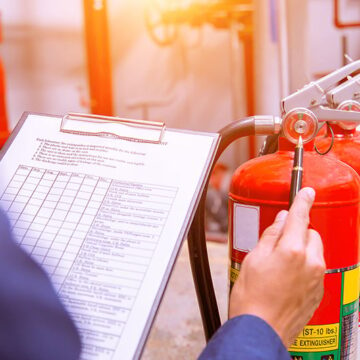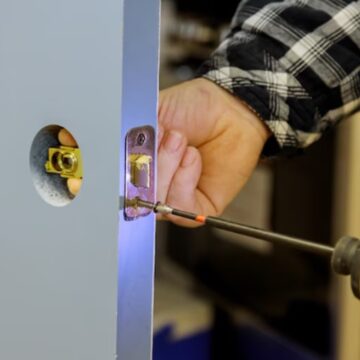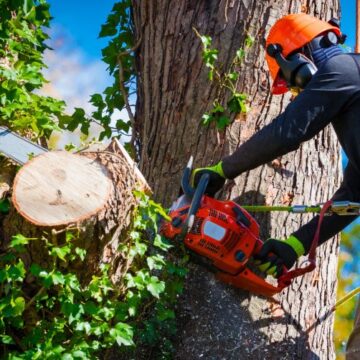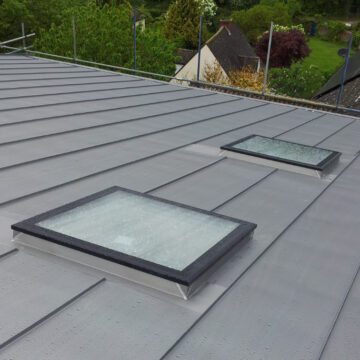Fire risk assessment is a critical component of maintaining a safe workplace environment. By conducting regular assessments and implementing appropriate safety measures, businesses can mitigate fire risks and ensure the safety of employees and visitors. In this guide, we’ll provide a comprehensive fire risk assessment checklist to help businesses ensure compliance with regulations and prioritize safety.
Understanding the Importance of Fire Risk Assessment
Before delving into the checklist, it’s essential to understand why fire risk assessment is crucial. Fire risk assessments help identify potential hazards, evaluate existing safety measures, and develop strategies to mitigate risks effectively. By prioritizing fire safety, businesses can minimize the likelihood of fire incidents and protect lives and property.
Fire Risk Assessment Checklist
- Identify Fire Hazards: Begin by identifying potential fire hazards within the premises, including sources of ignition, combustible materials, electrical equipment, and any other factors that could contribute to the outbreak or spread of fire.
- Assess Fire Safety Measures: Evaluate the effectiveness of existing fire safety measures, such as fire alarms, sprinkler systems, emergency lighting, fire extinguishers, and smoke detectors. Ensure that these systems are properly maintained, inspected, and tested regularly to ensure functionality.
- Review Emergency Procedures: Review and update emergency procedures to facilitate safe evacuation in the event of a fire. This includes establishing evacuation routes, conducting fire drills, and providing training to employees on proper evacuation protocols.
- Check Fire Exits: Inspect fire exits to ensure they are clearly marked, unobstructed, and easily accessible. Verify that exit doors open outward and are equipped with panic hardware for quick egress during emergencies.
- Assess Electrical Safety: Check for electrical hazards such as faulty wiring, overloaded circuits, and damaged electrical equipment. Ensure that electrical systems are installed and maintained by qualified professionals and that employees are trained in safe electrical practices.
- Inspect Heating and Cooking Equipment: Inspect heating and cooking equipment for potential fire hazards, such as grease buildup, flammable materials near heat sources, and malfunctioning appliances. Implement proper maintenance procedures and training to minimize risks.
- Review Housekeeping Practices: Evaluate housekeeping practices to ensure work areas are clean, clutter-free, and free of combustible materials. Encourage employees to maintain a tidy workspace and promptly report any potential fire hazards.
- Document Findings and Actions: Document the findings of the fire risk assessment, including identified hazards and corrective actions taken to mitigate risks. Maintain accurate records of inspections, maintenance activities, and employee training for regulatory compliance.
Conclusion
In conclusion, conducting a thorough fire risk assessment is essential for ensuring compliance with regulations and prioritizing safety in the workplace. By following this checklist and implementing proactive measures to mitigate fire risks, businesses can create a safer environment for employees and visitors. Regular assessments, proper maintenance, and employee training are key components of effective fire safety management.


